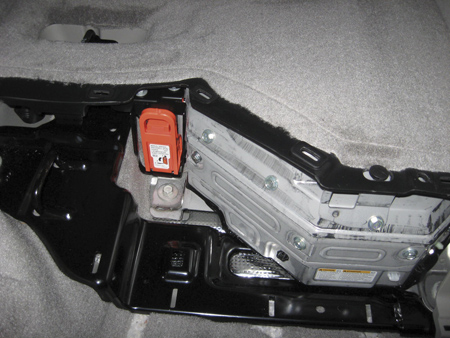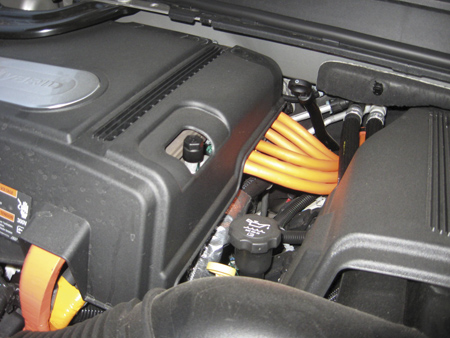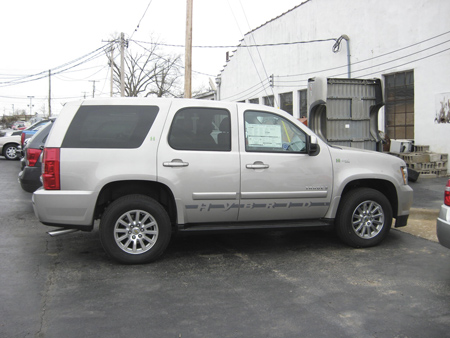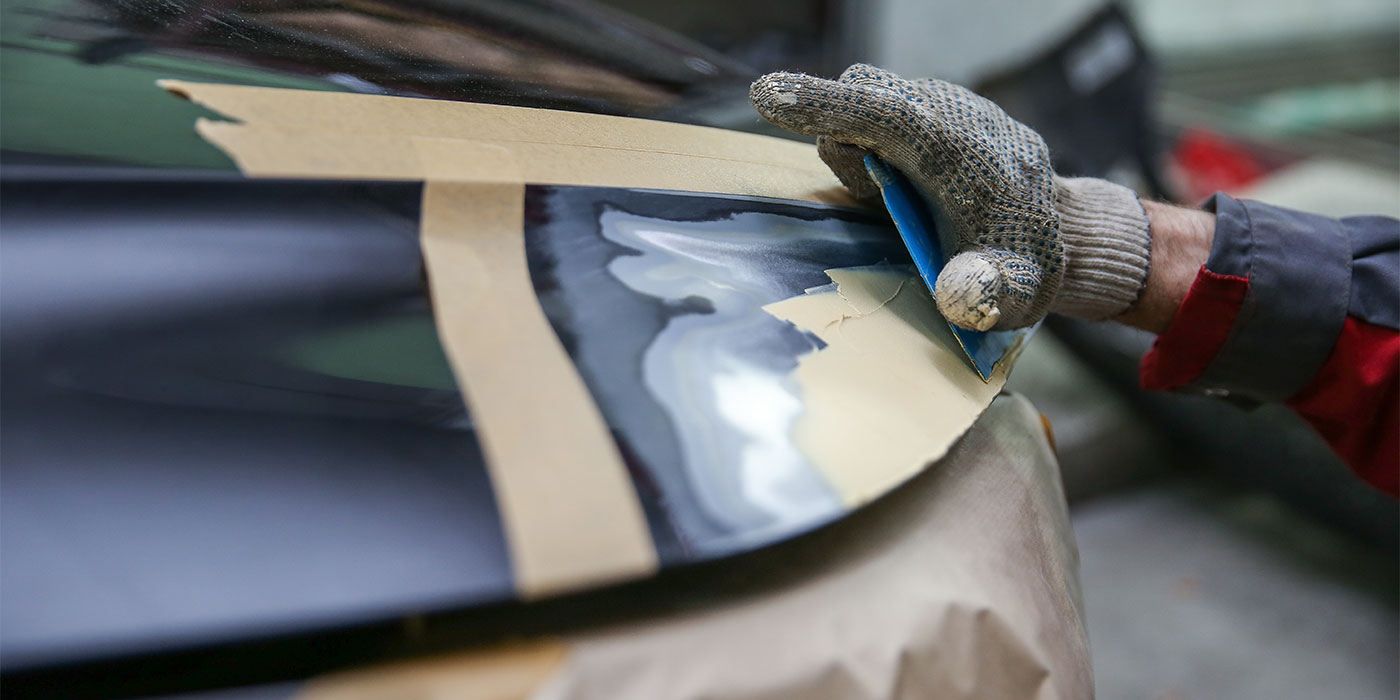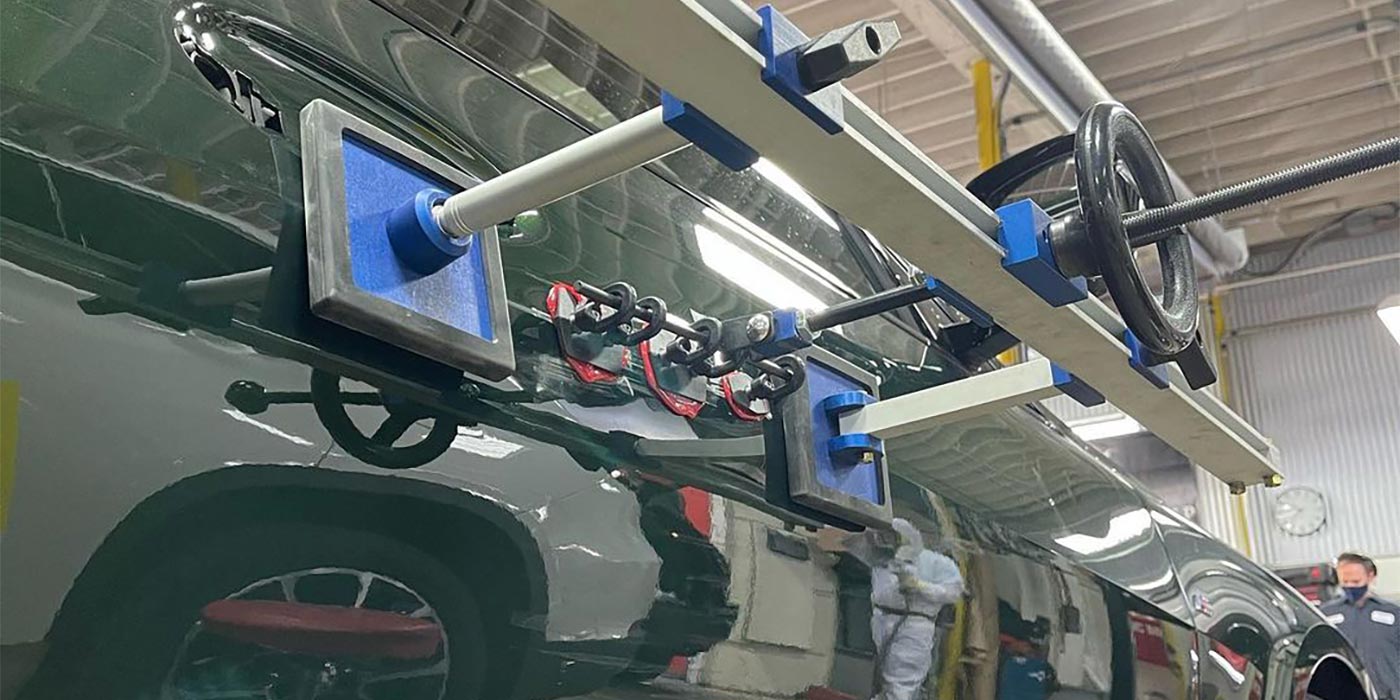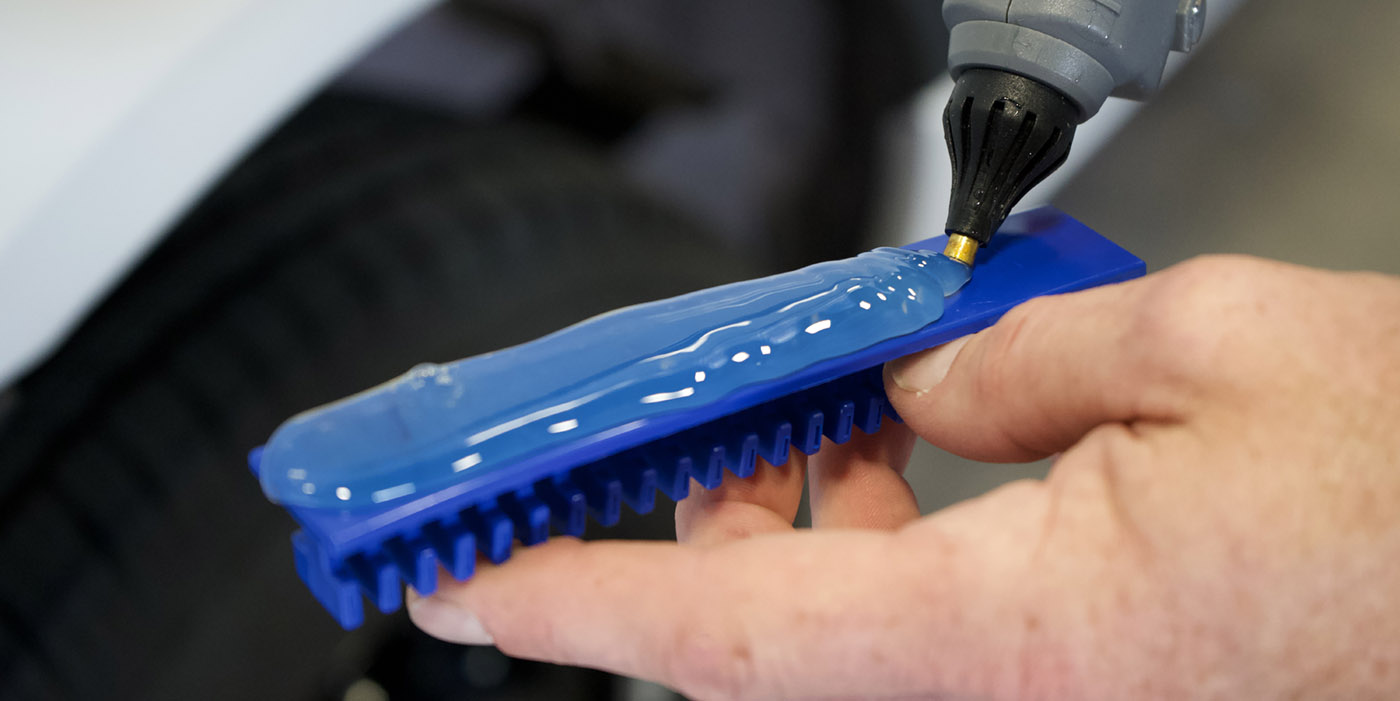e at family dinners, there happened to be another “expert” there. He asked me if I was sure it was wired in a series, and I said yes. He then asked me if I’ve ever worked on 300,000-volt systems, and I confessed I hadn’t but I was pretty sure that wasn’t the voltage we were working with here. If we needed an expert on 300,000 volts, I would have to call in my brother Jerry for advice. One thing was clear: 19th-century physicist Georg Ohm taught us that there is a direct proportion between the potential voltage applied across a conductor and the resultant electric current – a theory now known as Ohm’s law. Translated into plain English, this means you just have to be more careful with the higher voltages.
Now, if we were to ask Jerry what precautions to take with the 300-volt three-phase, he would probably say that you need Class 0 gloves and cat III leads on your test equipment – at least that’s what you need with the 300-volt three-phase system we have on our Tahoe. But with Jerry’s 300,000 volts, you might need additional protection. Just remember: You can never be too safe to save a life!
Worth the Time
I have to admit that I was happy I took the time to research these computer-based training classes because I learned so much new information. I was even glad to make the trek to the wonderful state of Texas for those hands-on classes. But I still wondered, “Will I ever use this plethora of information that I have been somehow compelled to retain here, or was this all a waste of time?” Looking back to the Honda and Toyota hybrids we actually did repair at an earlier date at my shop, I would have to say no. Learning what I did in those classes, I realized passing on the Honda Civic way back when was a smart decision. Now, we’re better educated on what we have to do to keep ourselves safe while disassembling and working on the new-to-me hybrid cars.
Do you have to know how to diagnose and repair any mechanical problems with hybrids in order to do collision repair on them? You can possibly get around that by subletting those repairs, but you better not try to get around learning the safety aspects of working on hybrids. These new vehicles offer plenty of new opportunities to hurt ourselves or others. I would rather continue learning to repair and make a dollar on these vehicles.
Always remember: Use extreme caution when dealing with these high voltage systems and stay safe!
| 10 Things to Remember When Working on Hybrids |
| 1. There are many safety devices (interlocks, etc.) built into the two-mode hybrid, but your best defense against getting hurt is to use your head. Choose common sense over dangerous ideas.
2. Only cover the eyes you want to keep with safety glasses. Flying sparks are inevitable, especially if you short out a high-voltage 3. The high-voltage battery sounds less intimidating if you think of it as 40 battery modules with 7.2 volts each. But don’t let that fool you – it still adds up to 288 deadly volts just waiting to be unleashed if you make a mistake. 4. The service manual recommends working with one hand if possible to eliminate the possibility of both hands making you the conductor between their connections. 5. Orange may be pretty, but it’s deadly! On the GM Tahoe hybrid, the 300-volt system is always coded with orange wires. 6. Most people try to stay away from isolation (keeping the 300-volt system isolated from the frame and body structure), but with hybrid voltages, isolation could mean the difference between life or death. 7. Hybrids have regenerative properties when they roll and can generate their own electricity. If they’re pushed or rolled, they can 8. When disabling the high-voltage system, never assume that it’s officially disabled until you check the circuit for voltage with a quality meter. 9. If unsure whether a circuit is live, err on the side of caution and treat it as live. A live circuit could mean a dead technician! 10. It’s best when checking high-voltage circuits to use Class 0 gloves with a current certification stamp. Remember this by thinking the zero in Class 0 is exactly how much voltage you want to feel. |
Contributing Editor Keith Combs is the body shop manager at Bill Roberts Chevrolet, where he’s been employed for more than 25 years. He was named GM/ASE Master Collision Repair/ Refinish Technician of the Year in 2000 and was one of the first to achieve GM’s World Class Technician status in 2002.